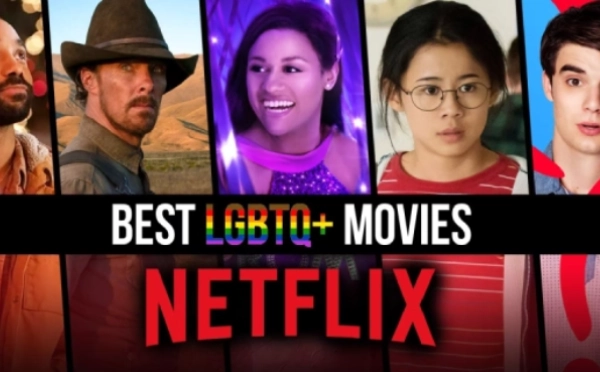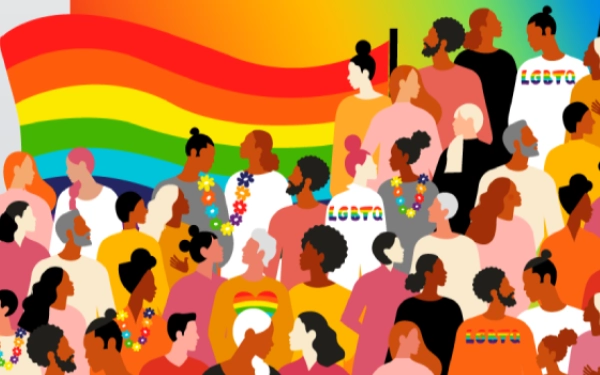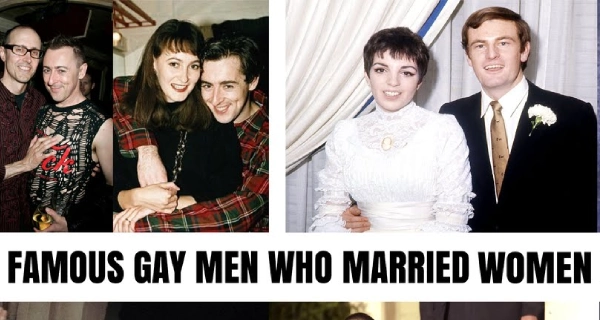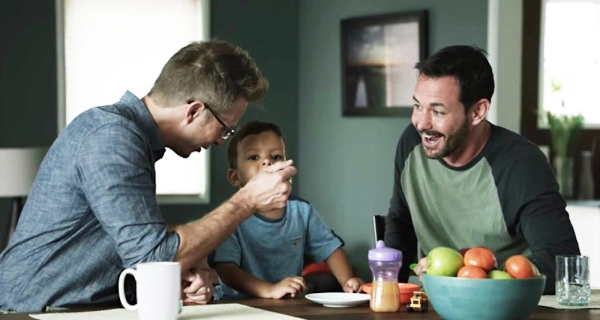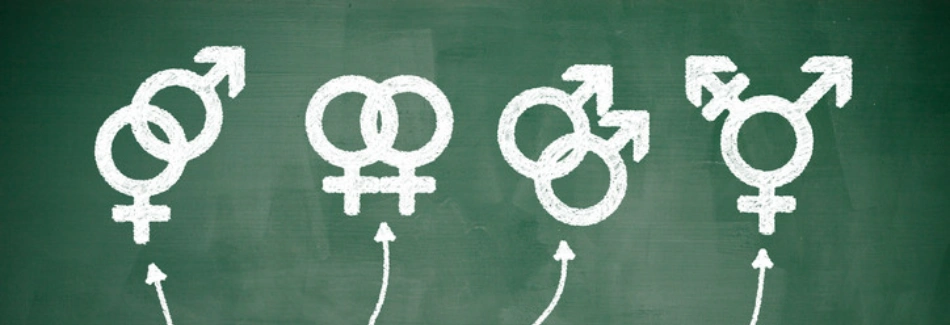
- › Bi-Curiosity Unveiled: Changes in Behavior and Interest
- › Bisexual Visibility: Fostering Acceptance and Progress in Business
- › Guiding Your Partner: How to Navigate Suspicions of Bisexuality
- › Practices for Respectful Discourse: Writing about Bisexuality with Sensitivity and Understanding
- › Mindful Discourse: Best Practices for Discussing Signs of Bisexuality in Men
It is not appropriate to assume someone's sexual orientation based on symptoms or behaviors. Sexual orientation is a personal and private aspect of an individual's identity, and it is important to respect their right to self-identify. It is important to communicate openly and respectfully with your partner about their sexual orientation and any concerns or questions you may have.
Bi-Curiosity Unveiled: Changes in Behavior and Interest
One of the most common signs that a guy is bisexual or bi-curious is his increased interest in exploring different kinds of relationships. A bisexual guy may distance himself from traditional labels and preferred gender roles to allow himself the freedom to love people of both genders. He might express uncertainty about what type of relationship he wants or he might become more vocal about wanting same-sex experiences without defining them as romantic.
It's also important to note that many bisexual guys don't overtly display any physical attributes or tell anyone they're bisexual, but instead might become more extroverted in ways that come across as flirting with people of multiple genders. Pay attention to how your guy behaves around certain types of people — if he seems particularly interested in one gender versus the other, it could indicate a hidden attraction. If you start noticing these behaviors, it may be worth having an open conversation about exploring sexual preferences together.
Bisexual Visibility: Fostering Acceptance and Progress in Business
One of the biggest benefits of a guy being bisexual is that it adds an entirely different level of value and openness to the business, making it more inclusive to those who may identify with their sexual orientation. This not only provides an ally to all customers, but can also serve as a positive step towards accepting all forms of sexuality within the workplace.
Moreover, it helps create a more inclusive work environment for other LGBTQ folks, making them feel welcome and accepted. By having someone openly express their bisexua lorientation, this removes any stigma associated with other groups and opens up discussions about acceptance and support – something that ultimately helps businesses of all sizes become more productive, profitable, and social enlightened entities.
Finally, having an open bisexual employee also serves as inspiration for both customers and co-workers alike on how they can move forward within their field while avoiding discrimination or presumptions of gender roles.
Guiding Your Partner: How to Navigate Suspicions of Bisexuality
If you think your guy is bisexual, there are some key steps that you should take to confirm whether or not this is true.
First, talk to him about his sexuality in a non-threatening way. This can be difficult to do, but it will give you the answers you need and allow him to express himself freely and honestly. He may open up to you but if he doesn't, don't be discouraged - just continue to show support and understanding if he does talk about it.
Second, look for signs that your guy is sexually attracted to both men and women. He may seem more interested than usual in looking at or discussing members of both genders. He might also bring up topics related to LGBTQ issues more frequently than before.
Finally, get advice from friends who have been through similar experiences. Reach out to people who can provide non-judgemental advice of their own on how they overcame coming out as bisexual (or something else) with their partner or family member. This might help inform what conversations you want/need to have with him as well as how best to navigate the situation should he decide that he is indeed bisexual.
Practices for Respectful Discourse: Writing about Bisexuality with Sensitivity and Understanding
When writing about a sensitive topic like bisexuality, it's important to approach it with sensitivity and respect. First and foremost, avoid making assumptions or stereotypes about bisexual individuals. Instead, focus on the specific behaviors or traits that may indicate bisexuality in a romantic partner.
It's also important to acknowledge that sexuality is a spectrum and not everyone fits neatly into traditional categories. Be sure to use inclusive language and avoid stigmatizing language or labels.
When writing about this topic, consider including resources or support for individuals who may be struggling with their own sexuality or navigating a relationship with a bisexual partner. This could include links to LGBTQ+ organizations or hotlines, or advice on how to have open and honest communication with a partner about their sexuality.
Overall, the best practice for writing about bisexuality is to approach it with empathy and understanding. By avoiding stereotypes and providing resources for support, you can create a helpful and respectful guide for those navigating their own sexuality or relationships.
Mindful Discourse: Best Practices for Discussing Signs of Bisexuality in Men
It's important to approach the topic of bisexuality with sensitivity and respect. Using the right language and tone can make a big difference in how your message is received. Here are some best practices for using the title "symptoms that your guy is bisexual":
- Avoid using the word "symptoms" - it suggests that bisexuality is a problem or illness. Instead, use neutral or positive language like "signs" or "indications."
- Emphasize that bisexuality is normal and valid. Avoid perpetuating harmful stereotypes or myths about bisexuality, such as the idea that bisexual people are more likely to cheat or can't make up their minds about their sexuality.
- Provide resources and support. If you do identify signs of bisexuality in your partner, offer resources and support for them to explore their sexuality in a safe and healthy way. This could include recommending books or websites, connecting them with LGBTQ+ support groups, or simply being a listening ear.
- Respect your partner's privacy. It's important not to out someone as bisexual without their consent. Bisexuality is a personal and private aspect of someone's identity, and it's up to them to decide when and how to share it with others.


